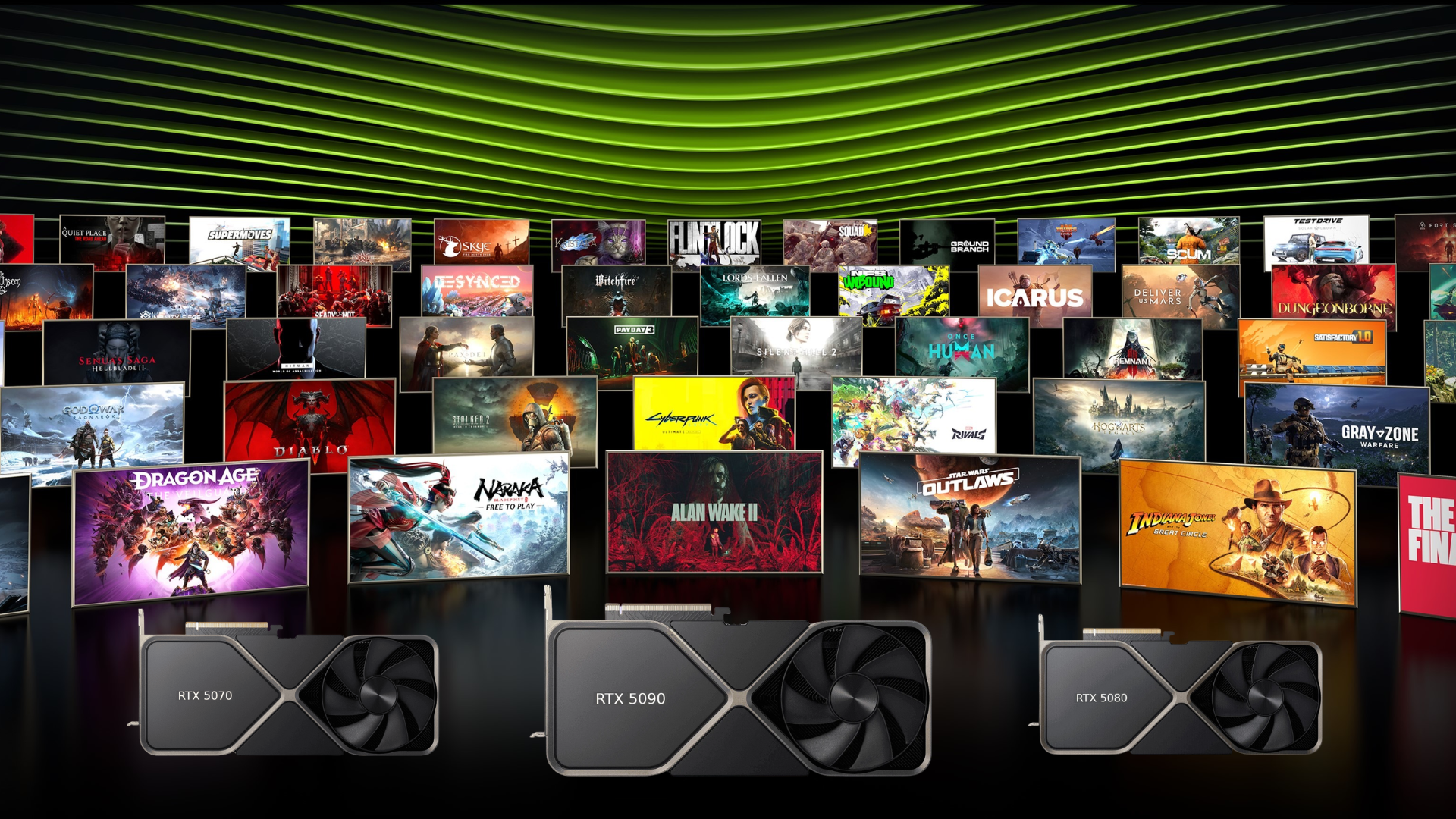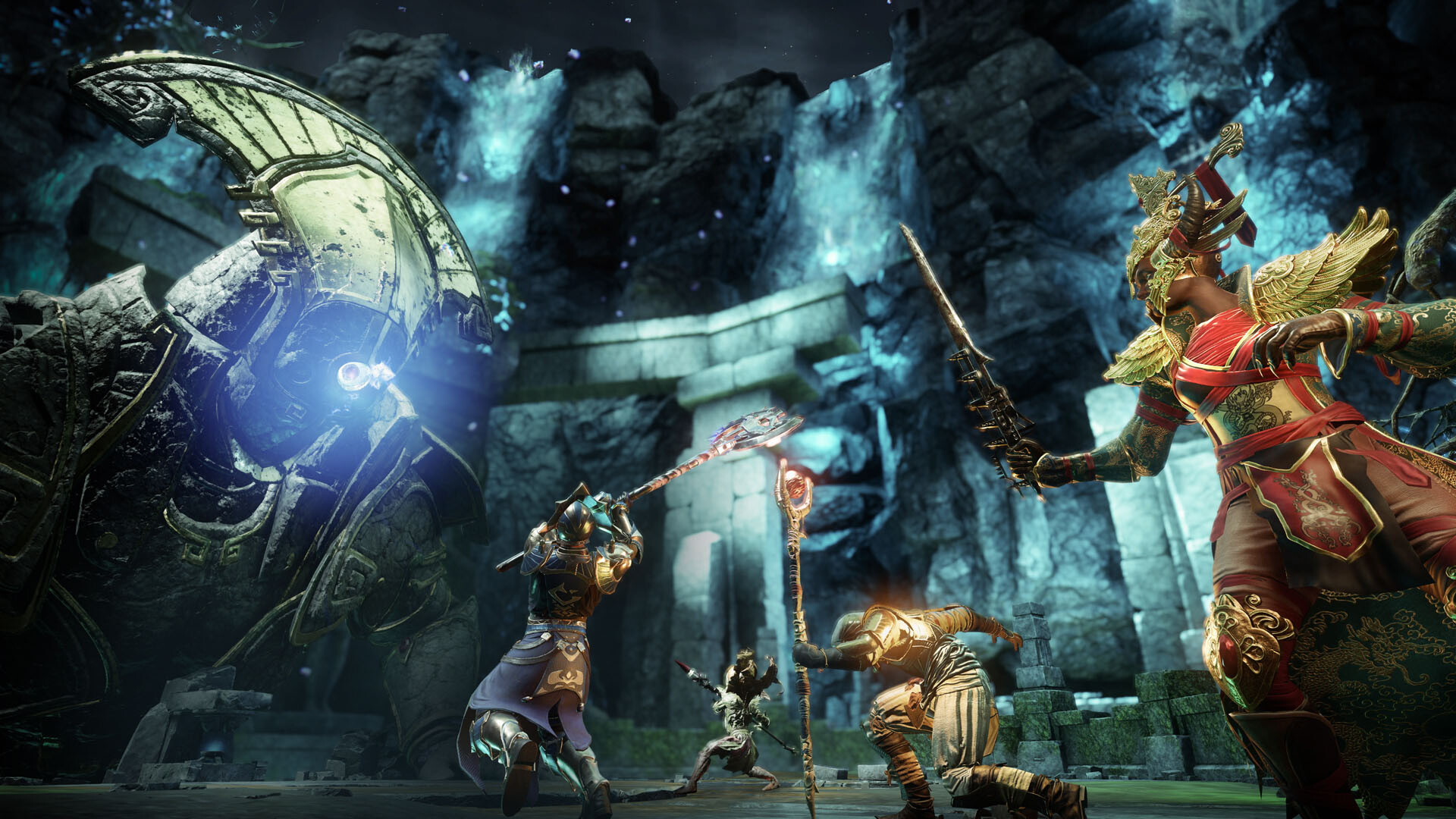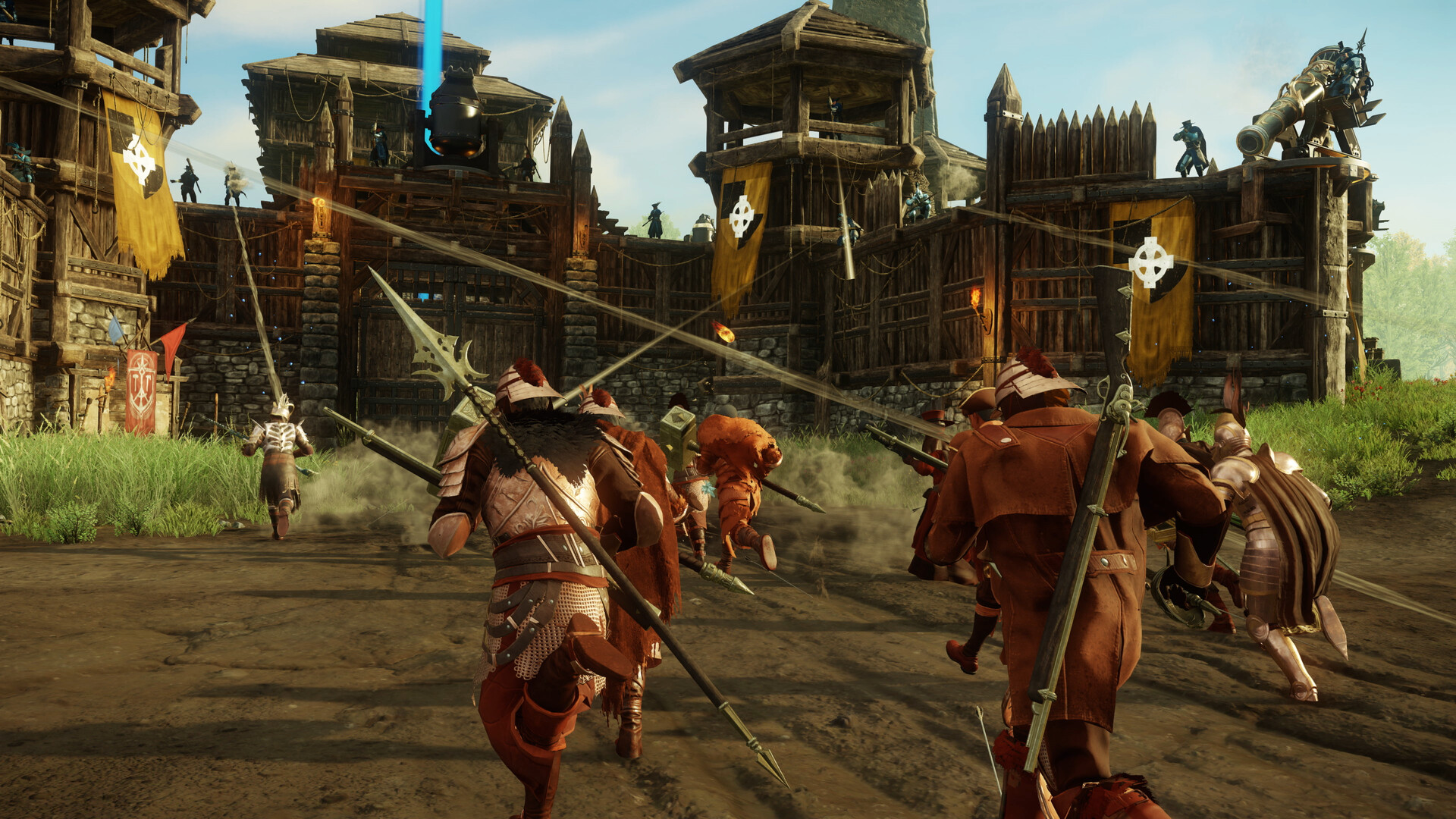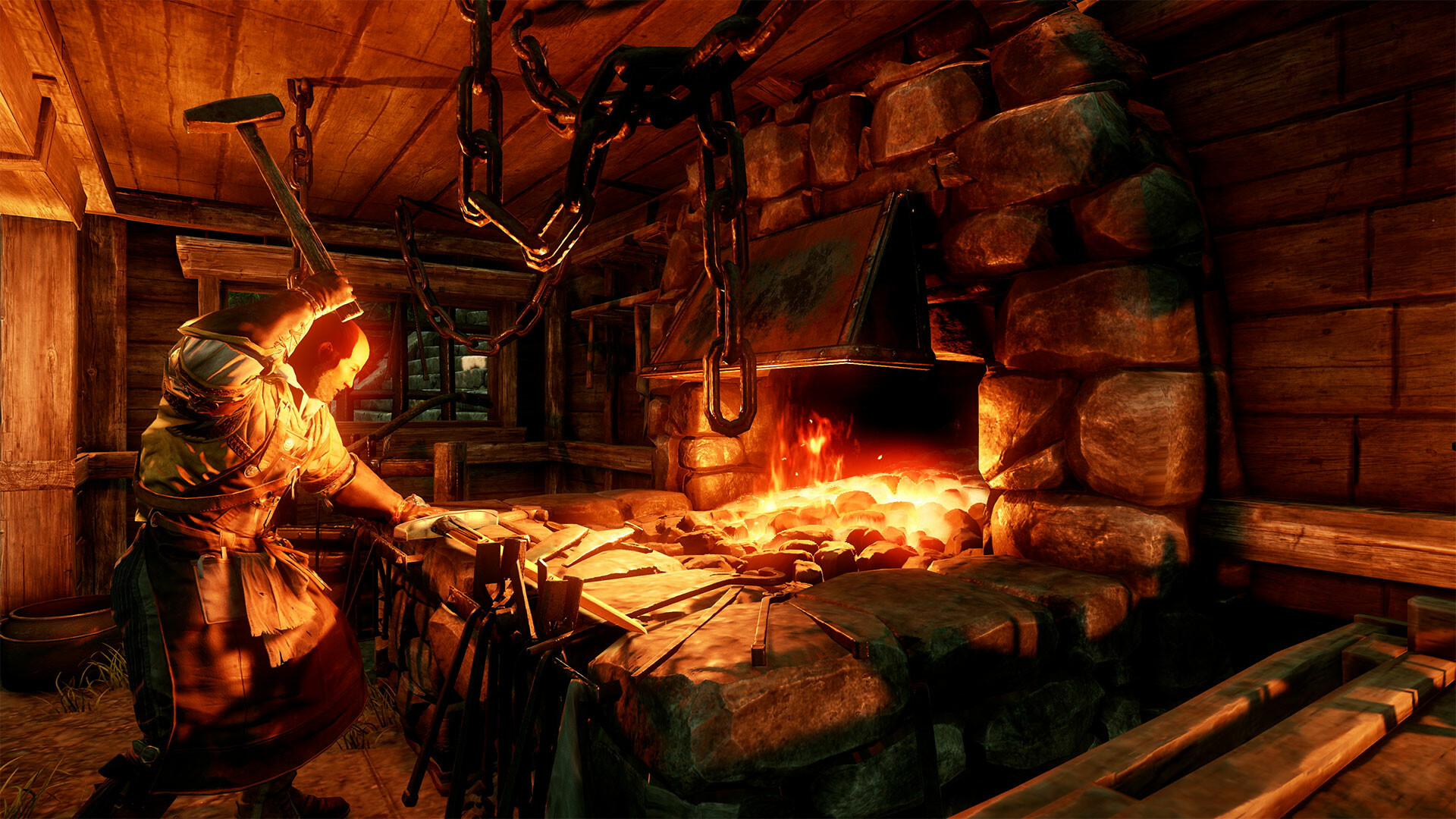Check out these RTX 50 Series game benchmarks in 4K, max settings, as well as the new Nvidia tech enabled.

A buzz wave surrounds the RTX 50 Series graphics cards from Nvidia across gaming and tech circles. NVIDIA designed their RTX 50 Series GPUs exclusively for gamers seeking leading technology along with major performance enhancements in visual quality and speed.
The RTX 50 Series performance benchmarks serve as essential data for anyone interested in buying new hardware or creating gaming systems. This article presents benchmarking data from different popular titles which showcases card capabilities at their maximum performance levels.
RTX 50 Series Game Benchmarks

The benchmarks were performed in an environment designed to stress test the RTX 50 Series cards. The benchmarks used 4K resolution (3840×2160) and Ray Tracing running at ultra settings. The DLSS 4 (Deep Learning Super Sampling) technology served both to maximize performance and provide players with a smoother graphics experience without any compromise in visual quality. Multi-frame generation was set to 4x to achieve such results.
The Blackwell RTX 50-series GPUs from Nvidia introduce major changes in benchmarking protocols that apply specifically to users who enable DLSS 4 Multi Frame Generation (MFG). Users who want to benchmark should migrate to the MsBetweenDisplayChange tool according to Nvidia’s recommendation.
The recommendation drives toward improved accuracy because it enables better detection of dropped frames and frametime variations and new flip metering in MFG systems. Nvidia identifies the new benchmarking approach as essential for precise assessment of DLSS 4 frame rate performance even when differences between results are not immediately apparent.
Note: This post will be updated with new benchmarks as soon as they are available.
1. RTX 5090 Benchmarks

The flagship GeForce RTX 5090 reaches performance levels that surpass the GeForce RTX 4090 by 25% without requiring AI-powered upscaling while playing Resident Evil 4 and Horizon Forbidden West. Data shows that the Blackwell architecture delivers significant performance advantages to the newer GeForce RTX 5090 model.
The application of DLSS 4.0 delivers performance improvements beyond double the previous frame rates in Black Myth Wukong, Alan Wake 2, and Star Wars Outlaws. Benchmarks from Nvidia demonstrate the GeForce RTX 5090 achieves five times higher frame rates when running DLSS 4.0 on games that it already plays natively at maximum settings.
2. RTX 5080 Benchmarks

The RTX 5080 brings less positive performance benefits to the table. This GPU performs similarly to the RTX 4080 in tests that exclude DLSS features. The performance gap between these two models remains negligible due to their shared VRAM capacity and CUDA core count. The RTX 5080’s improved power budget and GDDR7 modules fail to produce any discernible performance benefits alongside its increased power allocation.
3. RTX 5070 Ti Benchmarks

Performance output during gameplay demonstrates only slight improvements between RTX 5070 Ti, 5070, and the previous models. Despite their advanced GDDR7 memory type which exceeds the RTX 4070 Ti and RTX 4070 models, it doesn’t look very impressive for the new cards. Enabling DLSS 4.0 remains the key factor required for substantial performance gains. Future Blackwell laptop models will follow this same performance trend throughout their entire range.
4. RTX 5070 Benchmarks

The majority of users would view the upgrade from GeForce RTX 4090 to GeForce RTX 5090 favorably. Yet the remainder of the Blackwell family shows minimal progress between each version. The gaming and real-time graphics rendering field gets exciting potential advancements through emerging technologies such as DLSS 4 and Neural Rendering.
Looking For More?
Thank you for reading the article. We provide the latest news and create guides for Baldur’s Gate 3, Starfield, ARK Survival Ascended, and more. Also, watch Deltia play games on Twitch or visit his YouTube channel!
 Reddit
Reddit
 Email
Email


